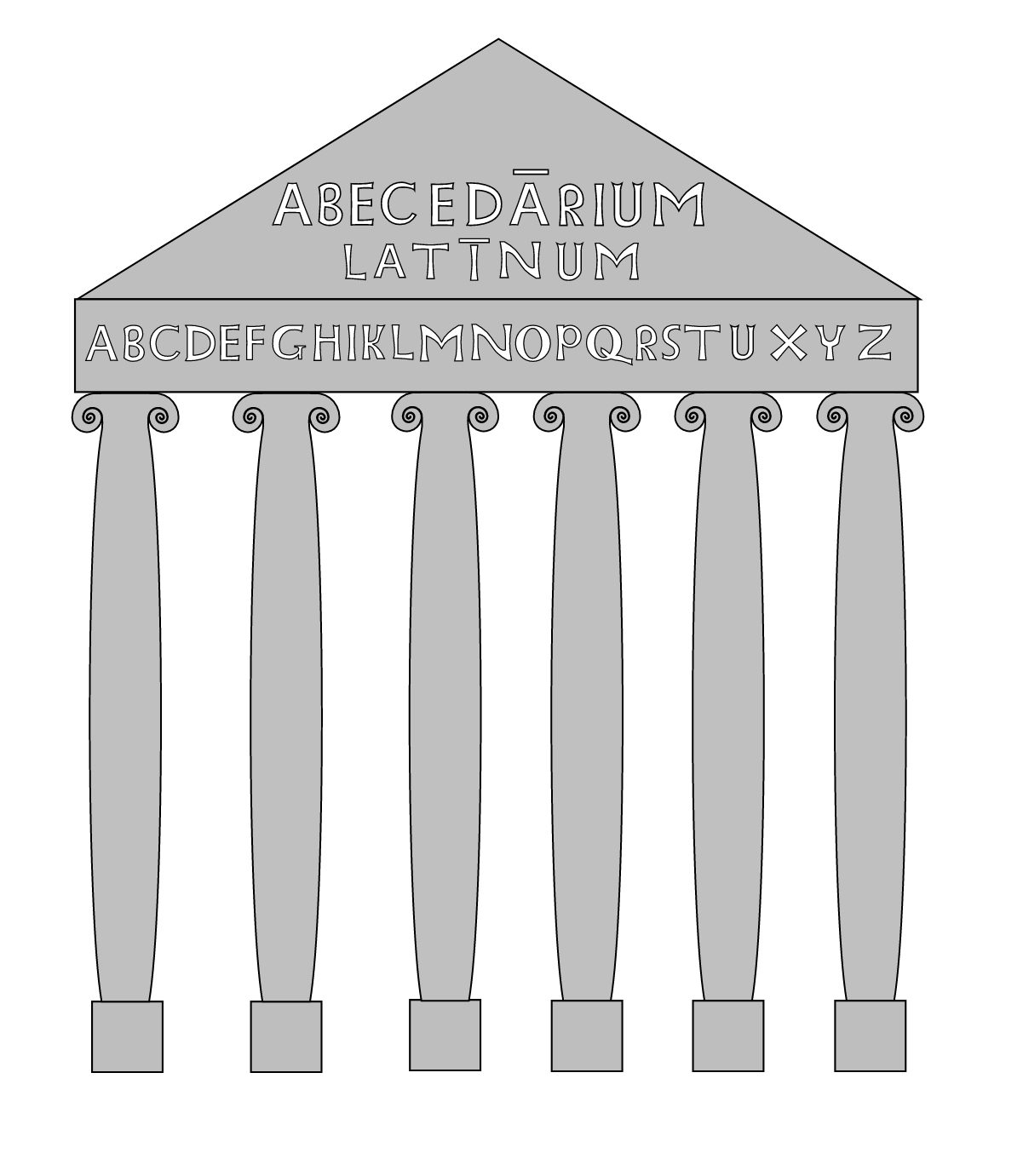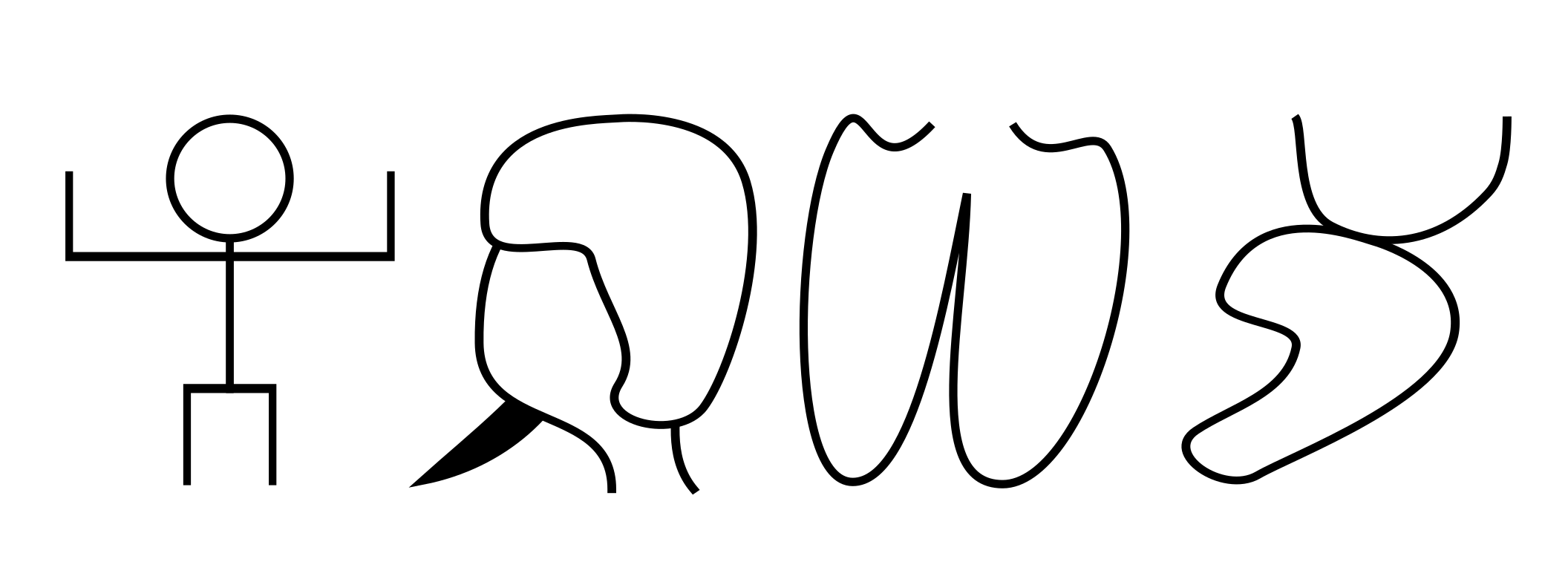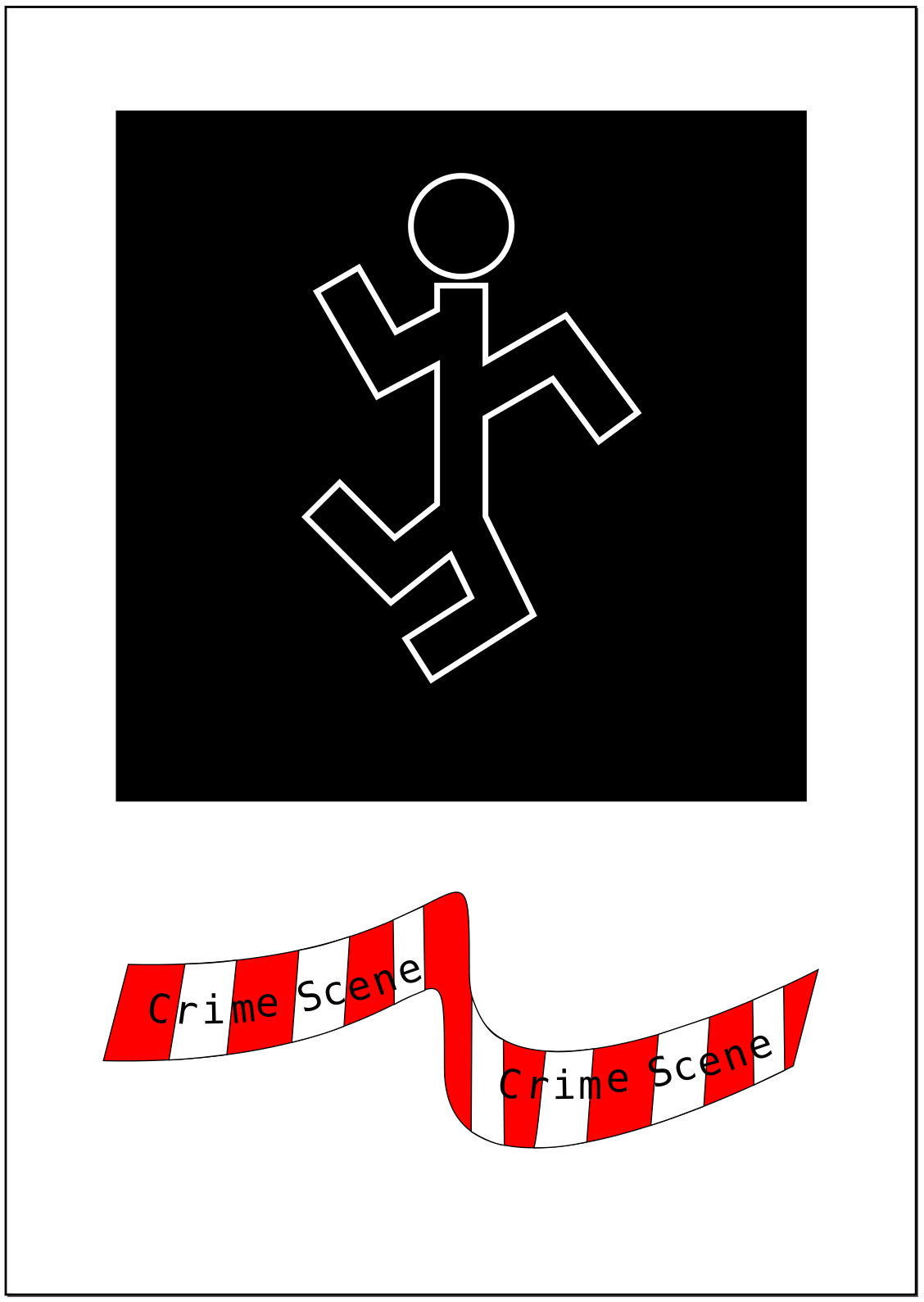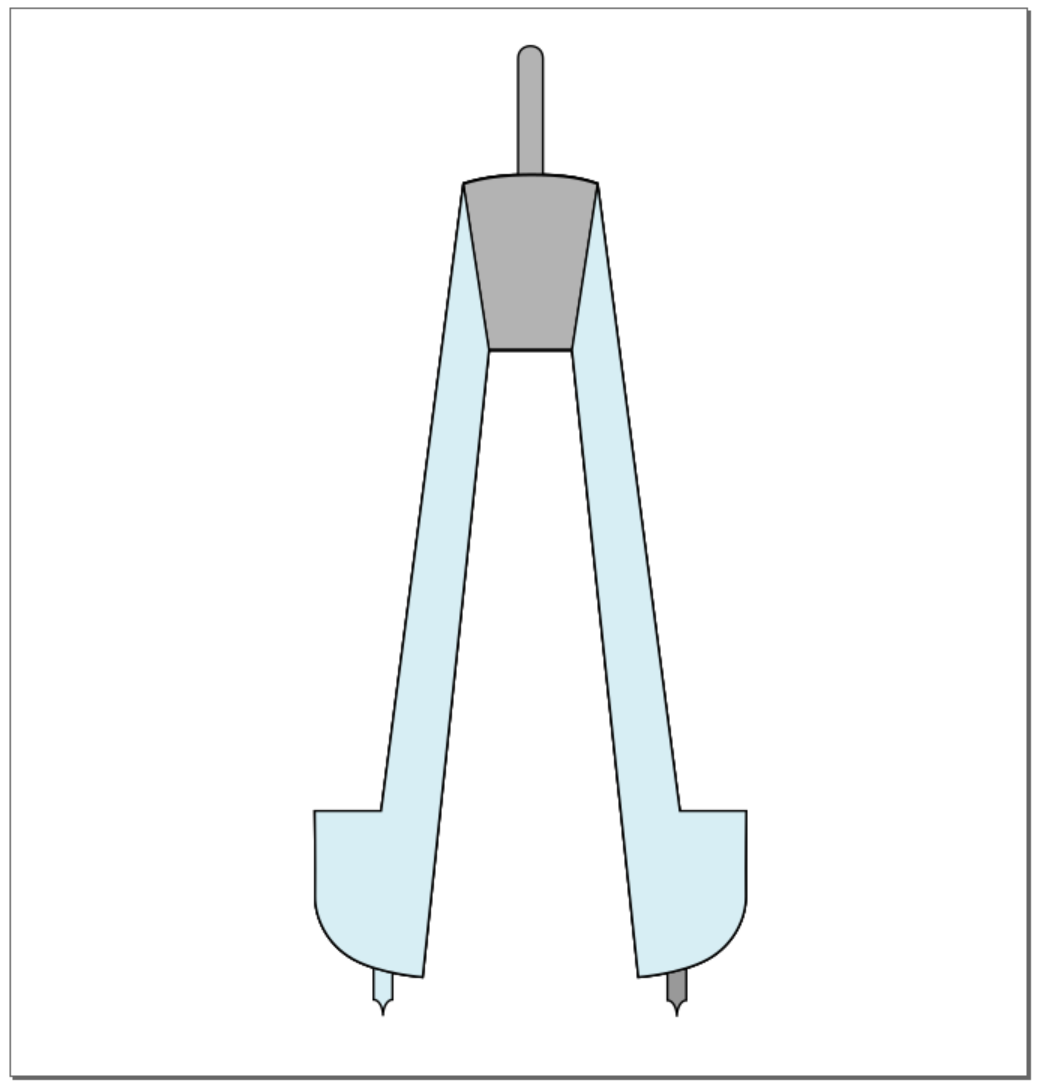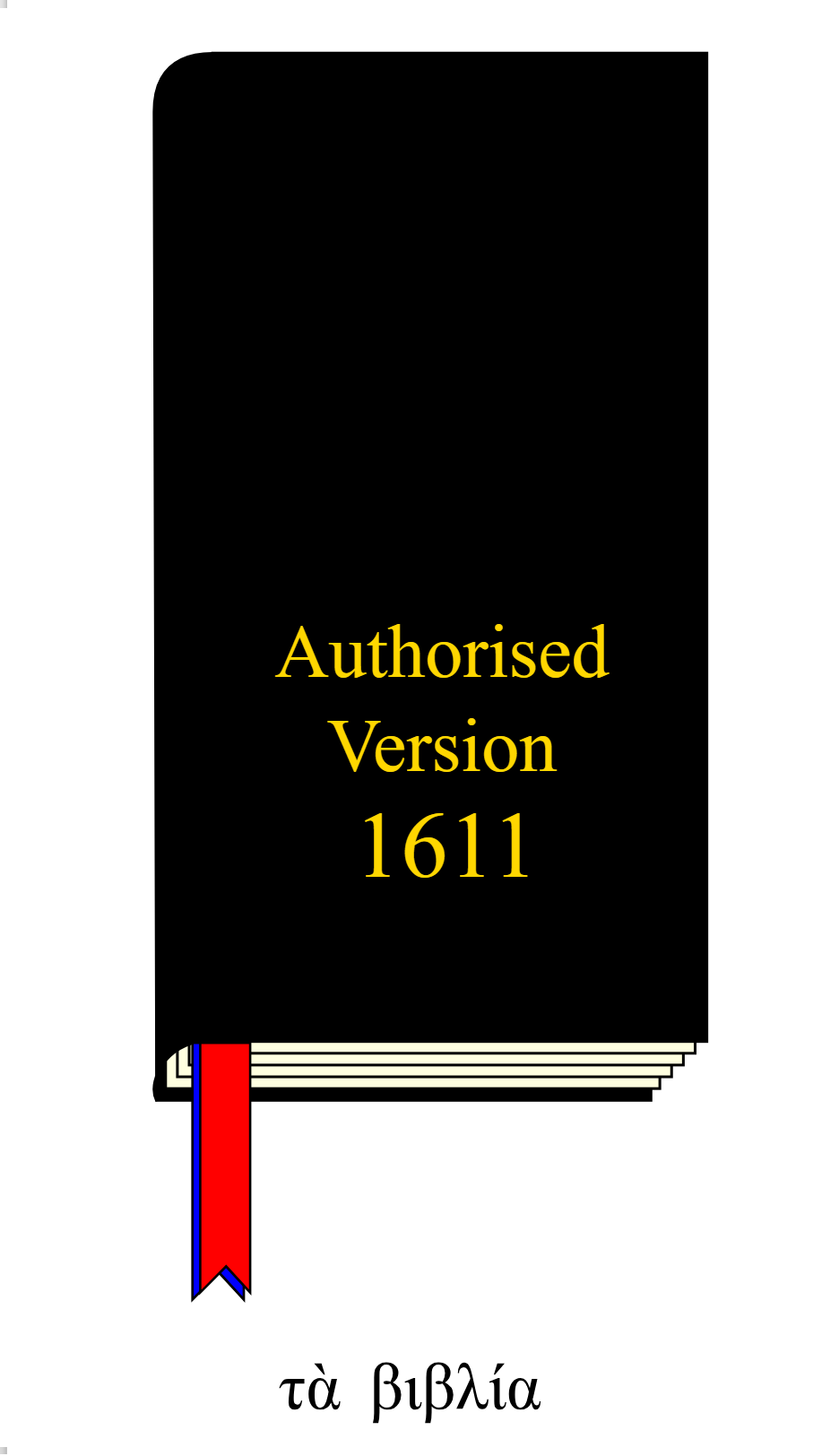zeh_determiner_demonstrative_colon_this-copy-1.docx
zeh_determiner_demonstrative_colon_this-copy.pdf
Introduction:
At present, that I may one day be able to read the Hebrew Bible, or Tanakh, or “Old Testament” in its original Hebrew, I am studying Modern Hebrew, for free, via the Duolingo App. I employ this gamified app so as to learn a form of Hebrew that is more similar to Classical/Biblical Hebrew than it is dissimilar. I can, therefore, through the employment of Brown, Driver Briggs and wiktionary, leverage this addictive, and free gamified app so as to learn some Classical/Biblical Hebrew. According to Hector Avalos in The End of Biblical Studies (2007), even though biblical studies is both a dying and oversubscribed
[1] profession, nevertheless there is a shortage of talent and competency for the few lecturing positions available. At PhD level, Avalos recommends that those wishing to lecture, should know at least four languages among the following:
Latin, Greek, Hebrew, German, Aramaic and Syriac,
to some degree of fluency, and that, ideally, one would also be able to decipher some French, Coptic, and Akkadian, as well.
Therefore, wishing eventually to lecture Philosophy of Religion[2] at a PhD level, some day, I am actively trying to learn Latin, Greek, Hebrew, German and Aramaic and Syriac. Aramaic and Syriac are dialects of the same language. The gamified nature of Duolingo is enabling me to build up competency in a lot of the above-mentioned languages.
In this article, I examine some instances of Hebrew determiners.
Body:
Masculine Singular Form:
The Hebrew word, infrā:
זֶה
is a ‘determiner,’ which means:
‘this (masculine, singular)’
. The Hebrew word, suprā, when transliterated into the alphabet used by English speakers, appears thus:
‘zēh.’
The word, suprā, when its phonemes be transcribed phonetically into the International Phonetic Alphabet appears thus:
/zeː/
The word, suprā, whenspelled with Hebrew letters, appears thus:
‘zayin, segol; hey.’
In Biblical Hebrew, we employ the phrase:
הַדָּבָר הַזֶּה
or, when transliterated into the alphabet that English speakers use:
‘had͡ħd͡ħāb͡hā́r hazzḗh;’
‘had͡ħ-d͡ħāb͡hā́r haz-zḗh;’
to mean:
‘this thing.’
The phrase suprā—when its phonemes be transcribed, employing, in so doing, the International Phonetic Alphabet—appear thus:
/had.daː.ˈvaːr haz.ˈzeː/
The phrase, suprā, when spelled using Hebrew letters appears thus:
‘hey, pathach; daleth, dagesh forte, qamats; veith, qamats; reish. hey, pathach; zayin, segol; hey.’
Feminine Singular Form:
The Hebrew word, infrā:
זֺאת
is a determiner which means:
‘this (feminine, singular).’
The Hebrew word, suprā, when transliterated into the letters of the alphabet used by English speakers, appears thus:
‘zōʔt͡h.’
. The Hebrew word, suprā, when the phonemes, which comprise it, are transcribed into the International Phonetic alphabet, appears thus:
/zoˑʔθ/
/ˈzoˑʔ.θə/
. The word, suprā, when spelled using Hebrew letters, appears thus:
‘zayin, defective cholam; aleph; tau.’
.
Conclusion:
Having examined these Modern-Hebrew determiners—encountered by means of the Duolingo app—and thereupon examining the Classical-Hebrew equivalents of these two determiners, we can now confidently proceed in our studies of Modern Hebrew, employing Duolingo as an instrument in this endeavor.






